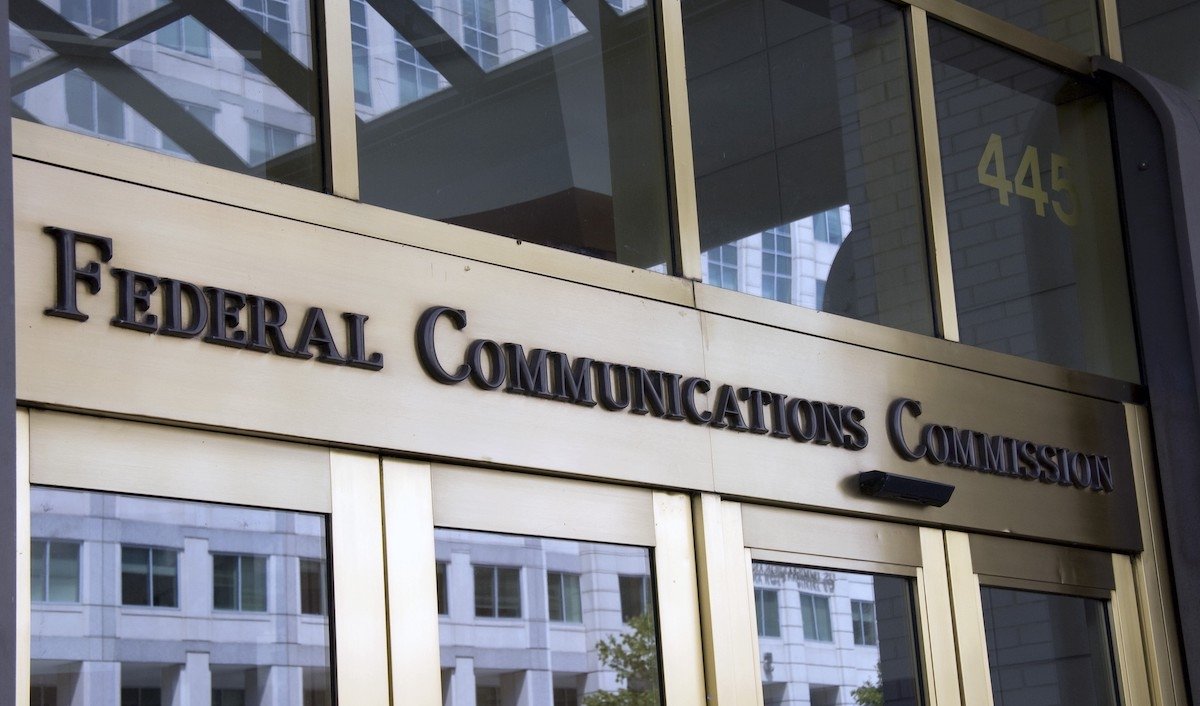The Federal Communications Commission is now asking American consumers to provide information about their broadband and Internet Service Provider experiences.
Previously, the FCC has only relied on data provided by ISPs themselves to assess service availability and competition in the U.S. That data is used to create service maps used by the FCC as evidence for proposed regulation.
As FCC Acting Chairwoman Jessica Rosenworcel said Monday, the agency is now going straight to consumers. In a tweet, the FCC says it will begin collecting "first-hand accounts on broadband availability and service quality" as part of a Broadband Data Collection program.
Today we will begin collecting first-hand accounts on #broadband availability and service quality directly from consumers as part of our Broadband Data Collection program. #FCCGov #BroadbandData https://t.co/aLwrmfWF9L
— The FCC (@FCC) March 22, 2021
"The FCC is in the process of updating its current broadband maps with more detailed and precise information on the availability of fixed and mobile broadband services. The Broadband Data Collection (BDC) program will give the FCC, industry, state, local and Tribal government entities, and consumers the tools they need to improve the accuracy of existing maps," the agency said of the program.
Prior to the consumer data collection program, the FCC went by ISP self-reported data only. Additionally, broadband access for a specific service area — about 50 square miles — only required a single address to have 25 Mbps download and 3 Mbps upload speeds.
Broadband customers can share their broadband experiences using this form on the FCC website. Additional consumer resources and information about the collection program are available here.
Additionally, consumers can see current service availability maps — using ISP-reported data — at this link.
The new data collection program comes amid bipartisan calls for the FCC to update its definition of broadband service speeds and performance.
 Mike Peterson
Mike Peterson








 Charles Martin
Charles Martin
 Malcolm Owen
Malcolm Owen
 William Gallagher
William Gallagher

 Christine McKee
Christine McKee
 Wesley Hilliard
Wesley Hilliard

 Andrew Orr
Andrew Orr








2 Comments
I love that the ISP provided list shows me as having both Comcast and ADSL, while in reality I have access to neither (unless I pony up $15K USD to get Comcast to run a plant extension 0.4 miles). Three different flavors of satellite and our county WISP (that can't pick up service either) round out their reported offerings. This is why I used a succession of hotspots (EVDO->3G->LTE) and now use Starlink.